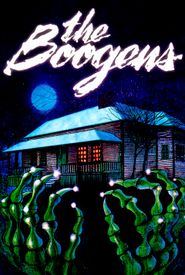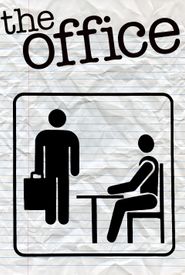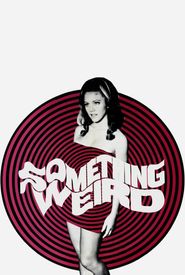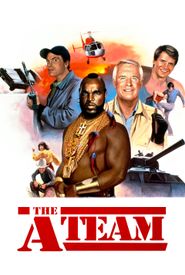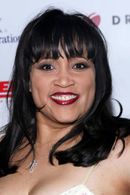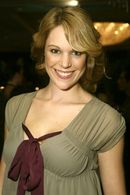Peggy O'Rourke was born in Florida to a family that would later undergo a significant change. When she was young, her parents got divorced, and her mother married a wealthy attorney named Stewart. As a result, Peggy took her stepfather's name and grew up in Atlanta, Georgia.
In her early years, Peggy developed impressive athletic skills that would later serve her well in her many westerns for Republic Pictures. On a family vacation to Los Angeles, she attended a dramatic school as a lark, but the acting bug bit her hard, and she found herself wanting to pursue a career in the arts.
When it was time to return to Atlanta, Peggy convinced her mother to let her stay with her grandmother, and as fate would have it, a resident of their apartment building was none other than character actor Henry O'Neill. He took a liking to Peggy and helped her land her first film role in Wells Fargo (1937).
Peggy went on to pick up a few more small roles, and her performances were so impressive that her parts started to get bigger, and she was working more frequently. In 1940, she married actor Don "Red" Barry, and shortly after, she signed with Republic Pictures, Barry's studio, to make westerns and serials.
Over the next three years, Peggy appeared in almost 30 films at Republic, the majority of which were westerns. She also starred in two of the studio's most successful serials, but when Republic assigned her to another one, she protested, preferring the feature westerns, which didn't take as long to film.
Eventually, the struggle with Republic got to the point where Peggy asked for her release, and she was granted it. Although she wanted to start making films outside of the western genre, she found herself unable to find work in any other genre due to the sheer volume of westerns she had made at Republic.
Peggy freelanced for various small studios, including Monogram, Allied Artists, and PRC, until she was picked up by Columbia, which immediately put her into serials. She eventually decided to leave the film business in 1953 and focused on raising her family.
Although she left the film industry, Peggy continued to work in the Los Angeles theatrical community and made occasional appearances in lower-budget westerns, made-for-TV movies, and inexpensive horror pictures.

